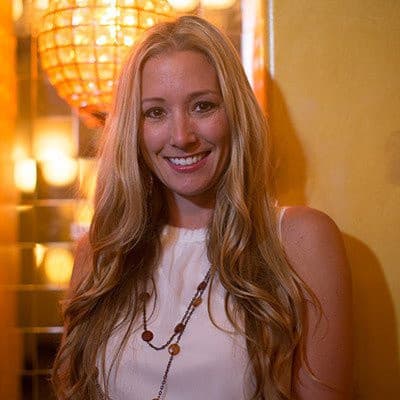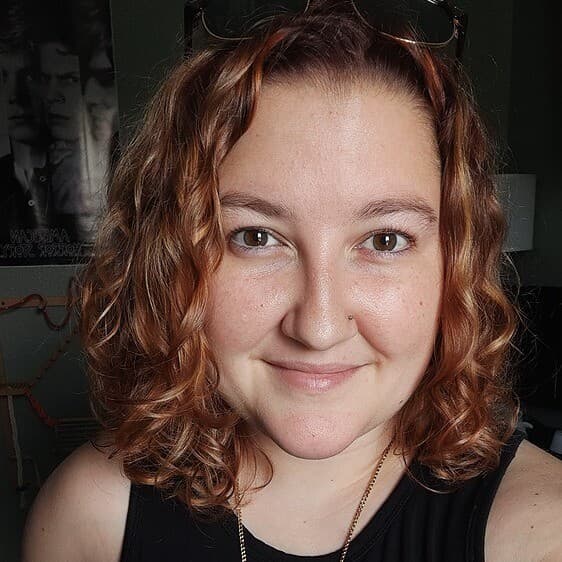Always Ask Questions – Going from PA to Location Scout to 1st AD to Producing

Always Ask Questions – Going from PA to Location Scout to 1st AD to Producing

The Film Industry was never my intention nor career choice. Unlike most, for me, it just happened. I had moved to Los Angeles in the early 80s to start up a consulting business and had the good fortune to befriend a few actors. I was only in L.A. for a year when one of them asked if I would be interested with working on a small movie. Curiosity got the best of me and I accepted. The first week of pre-production I was a Production Assistant, by the 2nd week I was the Location Scout and that of course evolved into Location Manager the 3rd week and then I was given a contract for $4,000 in deferred payment. Whatever that meant. Who cares, I was having fun. That small movie was Valley Girl with Nick Cage, Frederick Forrest and Martha Coolidge directing and that small Indie film (a term I know well now, but not then) cost $375,000 to finish and grossed over $25 million playing on over 600 screens. I learned quickly what “deferred pay” meant. I’m still owed that $4,000 today.

Nicolas Cage in Valley Girl
But the experience was priceless and I decided to continue on. I suppose the UPM liked my work and enthusiasm because she hired me on the next movie that the same production company was doing. She offered me the job of 2nd Assistant Director. Uh-Oh. I had an idea of what the 2nd A.D. did from the first film but I realized that I needed to learn a lot more and learn it fast. In those days there was no software to lean on, not even laptops, horrors by today’s standards, as everything was done with paper and pencil, and of course the always reliable “production schedule strip board”. I was able to contact a seasoned 2nd A.D. and solicit her for a tutorial, of sorts. I studied the inch thick SAG contract book cover to cover highlighting what I needed to know. That film was Night Of The Comet another Indie film with Robert Beltran and Mary Woronov. This time I got paid, albeit in a small way, but still, it was compensation for what turned out to be much harder work than walking around a location making sure nothing was being destroyed. As an anecdote it was the one and only time I ever overslept my alarm clock as I learned quickly that that is not ok. That “little movie” cost $750K and grossed over $15M at 450 theaters. Well it goes without saying, I was now sold on staying with this business and perhaps in the not too distant future Produce a film myself.

Example of a production schedule strip board
Both movies were non-union with the exception of SAG and because of their success I was hired by a production company, in the business of making TV movies, to set-up a CBS TV Movie of the Week non-union. Oh my God, now I had to learn how to break down a script, board and budget it and to add to my anxiety I had to present all of this to the Execs at a development meeting in front of their very seasoned UPM. I guess I finessed it quite well as it passed the grade and they used it. What I had done was to get together with the UPM from those first 2 films and have her teach me how to do it. Don’t forget, in those days there was no software to learn or assist in speeding up the process, which probably made it simpler but much more labor intensive. Literally, the breakdown sheets and strips for the strip board were done physically with pen in hand, so too was the budget, but in pencil with eraser in hand. Imagine having a forty page budget template on paper! then filling it in correcting errors with an eraser and using an adding machine. At one point I had made so many changes that the eraser was putting holes in the paper so I had to transpose all that information to a clean template and keep working. It was filmed in Oregon, a right to work state. When the veteran UPM showed up to take over the production he was totally miffed at how a non-union shoot worked, so we went to lunch and in my new found sophomoric wisdom I explained it to him.

Early on I went from a P.A. to a location manager to a 2nd A.D.
I went on from there to work as a 2nd A.D. and apprentice under a very accomplished 1st A.D. who later went on to A.D. Oliver Stone’s Platoon. In the 80s and early 90s the 2nd A.D. worked closely with the 1st on the set. He or She would have the strip board at hand and a metal clipboard on which to fill in the next day’s call sheet. The 2nd would meet the the 1st at lunch break and they would go through the “board” and “preliminary call sheet” for the next day, finalizing it for publication. When laptops came into play there was a serious debate in the DGA whether or not the 2nd A.D. should remain on the set or be in the production trailer working on the computer. Unfortunately, the trailer won out, which I disagreed with, but with schedule and call sheets being on laptops it’s a bit difficult having it on set, especially when it rains. There was a movie I 1st A.D.’d after this change occurred that I demanded a physical strip board and interestingly the computer holding the schedule crashed but I had my strip board to rely on.

On set in Alabama - I eventually moved into producing
Through all of this career experience I learned the importance of taking it one step at a time and learning each step thoroughly through study, which I did at UCLA Extension and apprenticeship, which is a lost art these days, and of course being on the job. I was always asking crew about their specific duties, nomenclature for equipment, how this worked, how that worked and I spent much time with stunt coordinators and fx foremen and learning, learning, learning on the job. This paid off handsomely in the years to come. I became a wiz at logistics and logistical timing as a 1st A.D. It became a natural progression to move into Production Managing. With all that set experience which included helicopters, weapons, car chases and crashes, animals from lions to bears, explosions and working with kids. I was able to schedule a picture and budget it with great expertise. For example I was hired to Line Produce two commercials being directed by Zack Snyder (300, Man Of Steel) for the sole reason that they included a chase, crash, skate boarder being chased by a wild bull and explosions and the Producer had known of my experience from working together on an Indie film where he was an Assoc. Producer. He needed someone that knew these areas well.

On set in Paris for Down The Shore
Moving into producing was an entirely new skill set and body of knowledge. Knowing contracts, deal negotiating and tedious things such as talent credit placement, size and even kill ratio for publicity stills. Again, I gleaned this information from producers I worked with as either a UPM or Line Producer. I would even listen in on their phone conversations when possible, to learn the Producing end of the business. And always asking questions.
The indie film industry is in great contrast to Studio films but the fundamentals are the same. I got to work with great talent such as Leo DiCaprio, Tobey Maguire, Nick Cage, Kate Hudson etc. early on in their careers. During this film career, on many occasions, I veered off into Commercials, Music Videos, Documentaries and How-To-Videos. It’s the one aspect of indie filmmaking I enjoy, moving in and out of various other mediums and gaining more knowledge from them. With the fundamentals under my belt I was able to segue into distant location filming from the Philippines to Tahiti to France to Australia and of course many States in the U.S.

I cannot stress enough the importance of learning the craft of filmmaking thoroughly through each step and at learning as many aspects of the process as your mind can hold. Not only does it make the journey easier and open up more opportunities but it’s just so much more enjoyable, knowing what you are doing and doing it well and knowing what everyone else’s job is as well.
These days I work only in film & some TV and between projects I am constantly getting called on to do schedules & budgets for others and as a result have come across great scripts to develop into features. It’s wonderful to see the indie film industry still thriving and the great stories that are still being told.
Best of success to you and enjoy the journey.
Like this blog post? Please share it on social media (Facebook, Twitter, LinkedIn, email etc) by using social media buttons at the top of the blog. Or post to your personal blog and anywhere else you feel appropriate. Thank you.
As always, Gary is available for remarks or questions in the Comments section below...
About the Author

Gary A. Lowe
Line Producer
I am a Feature Film & TV Line Producer with over 20 years experience. I have filmed all over the U.S. and many foreign locations such as Tahiti, Paris, Australia, Philippines and Bulgaria to name a few. I have full expertise in film scheduling & budgeting as I've budgeted 100s of scripts and offer i...





